What is moleskin and how to care for the fabric?
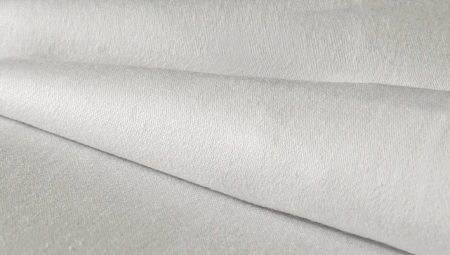
Such cotton fabric as moleskin has long been used in the clothing industry, but not everyone knows about the existence of this material, although it is in great demand among buyers. In this article, we will describe in detail what this fabric is, how it appeared, where it is used and how to properly care for it.
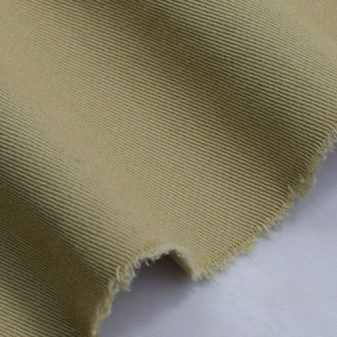
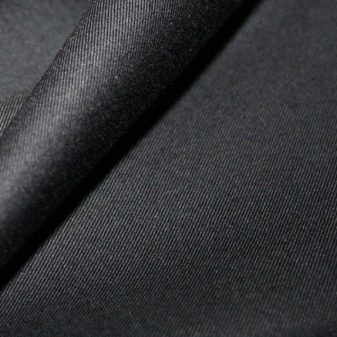
What it is?
Moleskine, also known as "fucking skin", is a type of cotton fabric that is distinguished by its density, smoothness, strength and thickness. Matter has been used for quite a long time in the clothing industry.
Initially, this type of fabric was made exclusively from cotton, but now you can see synthetic threads in its composition, which allows you to make the material somewhat thicker... Due to the fact that cotton is used in the production of the fabric, which is hypoallergenic, it is absolutely safe, but it has a special flowability, it can shrink after washing.

It must be stored in a dry place, otherwise mold will begin to multiply.
When creating this material, a special weaving method is used, which makes the fabric so strong - as a result, it becomes resistant to abrasion, thinning and any other deformation. In some cases, the resulting fabric is subjected to a nap to obtain a moleskin cloth.
The resulting material, as a rule, is dyed in dark shades or subjected to bleaching, but at the present time its color gamut has become somewhat wider. Next, moleskin is treated with special solutions that endow the fabric with a number of properties, for example, resistance to fire or acids.

Origin story
Initially, moleskin fabric was produced exclusively in England, in Russia it began to appear only in the 19th century. At that time, the material, in particular its especially dense variants, was called nothing more than "damn skin". He was actively involved in the production of special uniforms, as well as uniforms for the military and as a base for imitation leather. Quite often, moleskin was also used to make bookbindings and tops of shoes.
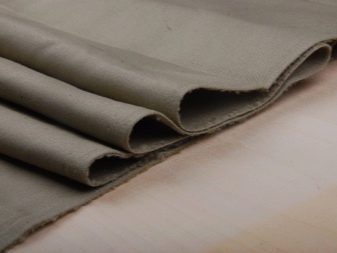

At first, this fabric had only one color, and this continued until the middle of the 20th century, but then everything changed: the material began to be covered with bright shades. He gained particular popularity in the production of ski clothing, which was easily explained: the matter was distinguished by its ability to retain heat and not allow moisture to pass through. However, over time, the popularity of moleskin became somewhat lower due to the fact that it was replaced by synthetic membrane fabrics. This replacement was simply explained: due to hygroscopicity, moleskin served as an obstacle and did not allow moisture to be removed from the body. For this reason, this material is not used in the production of sportswear.

Nevertheless, moleskine is still quite popular all over the planet. Now this fabric is made in a slightly different way, which is why it differs significantly from its original version. At the present time, when creating it, they use refined and more durable threads, combining them with synthetic fibers. Impregnation with special solutions makes the material almost completely safe.
In addition, when creating it, it is also taken into account the fact that things made from it can be used in industrial conditions of increased complexity.

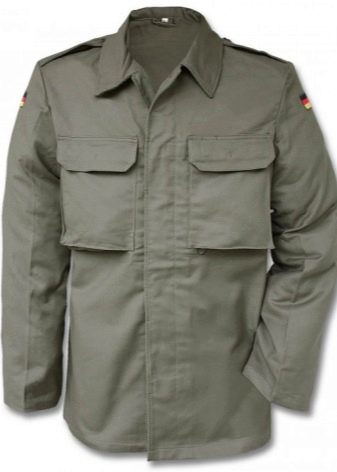
Characteristics and properties
Moleskine differs from other fabrics in a number of characteristics and properties. So, this fabric does not require special care, it is difficult to tear, it can withstand about 2000 friction cycles in its normal state and several times more after impregnation with a special solution.
However, the increased mechanical strength and rigidity of this fabric also has a small drawback: in some cases it can rub, especially when it comes to sensitive skin, in particular in the area of the elbow and knee folds. In addition, for the same reason, the fabric is inelastic.


Such fabric is absolutely safe and environmentally friendly, since it uses cotton, which is hypoallergenic, but differs in its flowability when cutting, like all other fabrics made from cotton threads.
Moleskine is also dustproof to protect human skin from dirt., and in some cases, if the material has undergone special processing, and from radioactive dust.

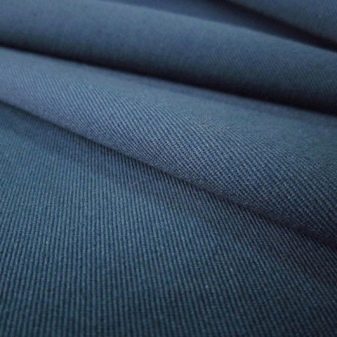
Thanks to this feature, moleskin is easy to clean, since dust particles do not seep into its fibers.
This fabric is also characterized by breathability, which allows the human skin to breathe, and the person himself - to feel comfortable. It is hygroscopic and has good moisture absorption, which is especially important for those people who experience intense stress, heat-resistant, which allows you to protect human skin from temperature shocks and fire, and also makes it possible to wash a thing in hot water.
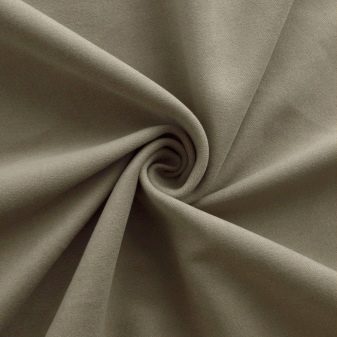
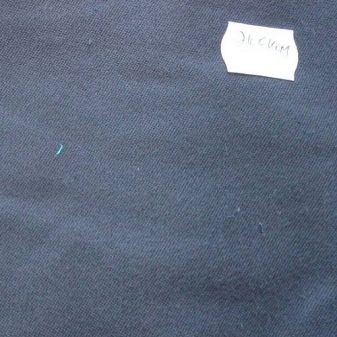
Moreover, this material looks very aesthetically pleasing, although not much money is involved in its production - on average, one running meter, the density of which is 250 g / m2, costs around 300 rubles.
Application
The use of this fabric is wide enough, which is explained by its unique performance characteristics. Usually, it is actively used to create special clothing designed for those people whose work has a connection with hazardous industries. This is precisely the main area of application of moleskin fabric.Clothes for the military, workers of nuclear power plants, cement and flour mills, municipal services, medical institutions, metallurgical and chemical enterprises are sewn from it.
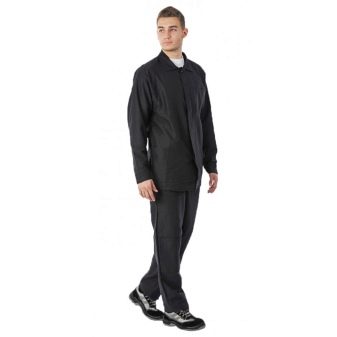
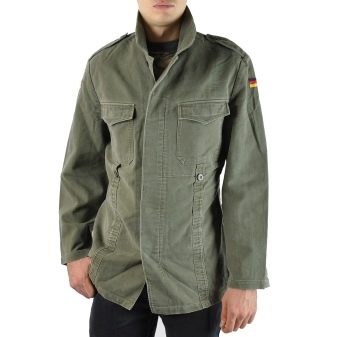
Despite the fact that this fabric is mostly used to create things designed to work in difficult conditions, it is also suitable for sewing spectacular items that can often be seen at fashion shows. Most often, everyday outerwear is sewn from this fabric - raincoats, coats, jackets, shirts, trench coats and trousers. Such things look very attractive and aesthetically pleasing, while delighting their owners with increased resistance to wear. It is also used to make things for tourism, which are mostly painted in camouflage.
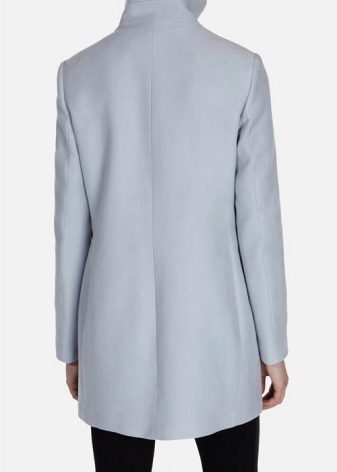

The material is actively used to create bases for artificial leather, book and notebook bindings, as well as in the production of covers, which are distinguished by their dustproofness.
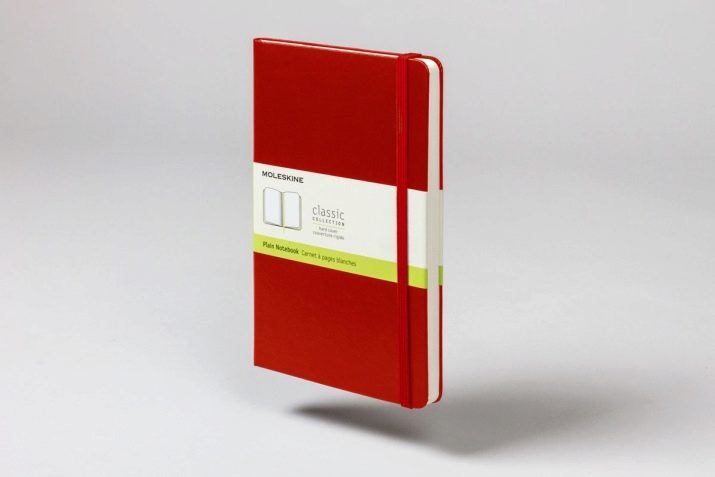
At the present time, several companies, Chinese and domestic, are represented on the Russian market, which are engaged in the creation of special clothing from moleskin fabric. Among them, such manufacturers as "Labor Safety", Ursus and "Leon-overalls" are especially distinguished.
Care
A fabric like moleskin does not require much maintenance. However, after reading this material for the first time, some are confused, not knowing how to provide him with quality care. In fact, caring for moleskin products is quite easy and usually does not cause difficulties.
So, if the product is dirty, you can use dry cleaning by turning to the help of a vacuum cleaner or simply shaking out the thing.

If you decide to wash a product made of this material, then the water temperature should not exceed 40-60 degrees. In hot water, this fabric shrinks especially strongly, which is unlikely to please you. Besides, it is best to wash a thing either by hand or at medium speed in an automatic machine.
If your item is coated with a special composition, then when washing it is best to resort to liquid detergents that are intended for delicate fabrics, or go to a dry cleaner if the product has been heavily soiled. But for other types of this fabric, you can use an ordinary detergent. However, it is prohibited to use bleach in both cases, as well as washing the product with things made from other types of fabrics. The washing process itself usually lasts about an hour and a half.
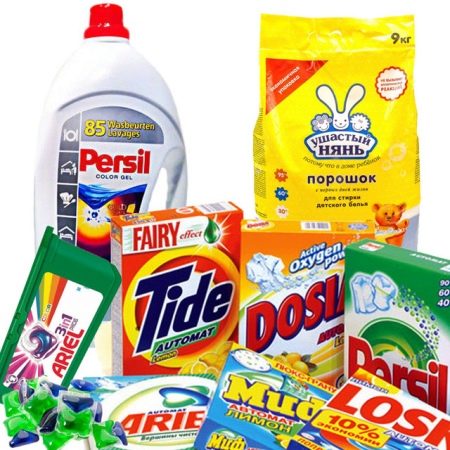
It is necessary to dry the product in a place that is well ventilated, while if the fabric has not yet dried, it is recommended to keep it away from heating devices and not be exposed to direct sunlight. Besides, you can dry the product both in an upright position and on a horizontal surface, but you must not forget to straighten it. The drying process itself usually takes less time.

Steaming of such things is also allowed, but in order to iron them, the iron should be heated to no more than 130 degrees. In addition, ironing of material that has been impregnated with special solutions is prohibited.
It is worth mentioning the storage of moleskin clothes. So, such products should be located in a dry and often ventilated place, away from heating appliances. Otherwise, mold may begin to develop, which is why the thing will most likely have to be thrown away.









